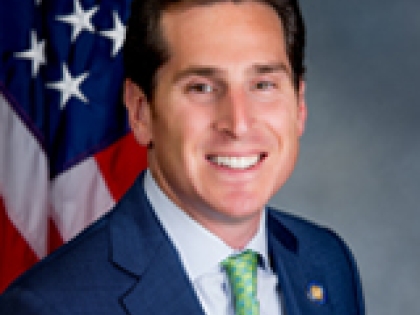
Struggling homeowners need relief
Nearly eight years ago, thousands of Long Islanders lost their homes to superstorm Sandy. In a matter of hours, the storm swept up the South Shore, reducing those families’ largest and proudest investments to debris. It took years for them to recover. Some still have not.
Less than a decade later, we face a new storm that may be even more devastating. The COVID-19 crisis is taking the lives of our neighbors, friends, and family members while ravaging our economy. And, for many New Yorkers, it now threatens to sweep away their livelihoods and their homes as well.
As many homeowners lose their jobs and burn through savings, they are understandably not able to pay their mortgages. For some, who care for a sick family member or are sick themselves, those payments are impossible for them to make. They must be protected so that this temporary crisis does not cause them permanent harm.
The recently passed federal Coronavirus Aid, Relief and Economic Security Act took a step in the right direction, but we must do more to protect homeowners.
Long Island homeowners are particularly vulnerable to a mortgage crisis. As Newsday reported last week, Nassau and Suffolk homeowners faced some of the highest levels of housing distress in the country before the coronavirus outbreak. Suffolk residents need 55 percent of their income to afford an average-priced home, according to a recent study. And Nassau residents need a whopping 65 percent.
The CARES Act provided some assistance for these folks. The federal law allows homeowners to delay payments on federally backed mortgages up to 180 days during a period of “forbearance.” But this provision fails New York borrowers who do not have a federally owned or backed mortgage.
The related state law can be improved, too. New York residents with mortgages from state-regulated lenders are given 90 days of payment relief, but will encounter serious issues catching up.
A smarter and fairer approach would be to allow all homeowners to skip payments now by extending their mortgages at the end of the loan’s term, whenever that may be. So, for instance, if a mortgage payment cycle is scheduled to end in June 2040, and the homeowner needs to forgo their mortgage payment now for three months, payments would end in September of 2040 instead.
Our goal as policymakers should be to offer homeowners as many flexible options as possible to suit each family’s needs. Under this proposal, a lender also could offer a single, interest-free payment that can be paid off at any time before the end of the mortgage or a no-interest payment plan. This allows homeowners to catch up on their payments without fear of foreclosure actions or damage to their credit. For many, it could be the difference between losing their homes and keeping them.
We will be supporting legislation on the federal and state levels to make these changes to the law on behalf of homeowners. We hope these provisions are approved swiftly and without opposition.
Long Island knows all too well the damage done by natural disasters. But we are not victims; we are survivors.
In times like these, it is the government’s job to do what it can to provide shelter in the storm. If it does, when the clouds clear, New Yorkers will return resilient and strong, as we always do.
U.S. Rep. Kathleen Rice (D-Garden City) represents the 4th Congressional District, and State Sen. Todd Kaminsky (D-Long Beach) represents the South Shore. State Sen. Brian Kavanagh (D-Manhattan) chairs the housing committee.